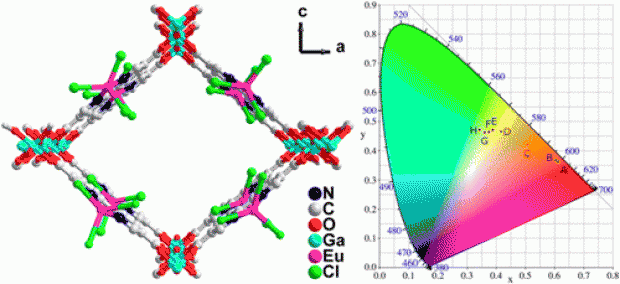Systematic study of the chemical and hydrothermal stability of selected "stable" Metal Organic Frameworks
Abstract
In this work, the hydrothermal and chemical stability towards acids, bases, air, water and peroxides of Metal Organic Frameworks, that are commonly considered to be stable, is presented. As a proof of stability both the crystallinity and porosity are measured before and after exposure to the stress test. The major part of the MOFs examined in this study showed a good hydrothermal stability except for the UiO-67, NH2-MIL-101 (Al) and CuBTC material. The chemical stability towards acids and bases show a similar tendency and an ordering can be proposed as: MIL-101(Cr)>NH2-UiO-66>UiO-66>UiO-67>NH2-MIL-53>MIL-53(Al)>ZIF-8>CuBTC>NH2-MIL-101(Al). In the tests with the H2O2 solution most materials behaved poorly, only the UiO-66 and NH2-UiO-66 framework showed a good stability.


 Open Access version available at
Open Access version available at 